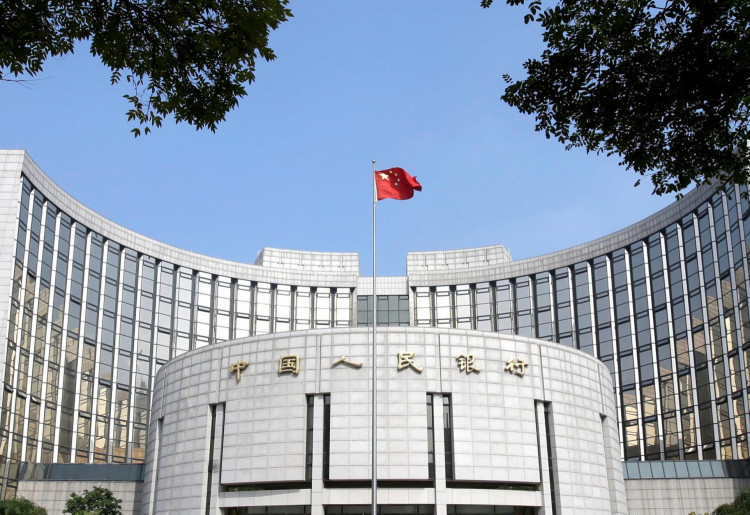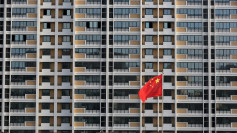Feeling the pinch of a continuous economic slowdown, China's central bank disclosed on Wednesday that it was freeing some 800 billion yuan ($114.91 billion) of funds to keep the country afloat.
The People's Bank of China said it would trim down the reserve requirement ratio of banks by 50 basis points, effective January 6. The measure will raise the amount to 12.5 percent for big banks.
Since the beginning of 2018, the PBOC has now cut RRR eight times to free up more funds for banks to lend as economic growth slumps to the weakest rate in almost three decades.
Most investors had anticipated further support measures to be revealed in Beijing soon. Although recent data have shown signs of improvement, and Beijing and Washington have agreed to de-escalate their long war on trade, analysts are uncertain whether either will prove sustainable and expected growth this year will continue to cool.
"The RRR cut will help boost investor confidence and support the slowly steady economy," said Wen Bin, an economist at Beijing's Minsheng Bank, who is also expecting another reduction this month in China's new prime loan rate (LPR).
In a speech he made at the end of December, Chinese Prime Minister Li Keqiang raised expectations of an imminent reserve requirement ratio cut, saying that authorities were considering more measures to reduce financing costs for smaller businesses, including broad-based and "targeted" RRR reductions to help more vulnerable parts of the economy.
Freeing up more liquidity now would also reduce the credit crunch risks ahead of the long Lunar New Year holidays later this month when cash surges are demanded. In some smaller banks, record debt defaults and problems have already added to the strains on the financial system of the country.
The PBOC said it expects total liquidity to remain stable as the country welcomes a chapter in finance in the Lunar New Year.
Small and medium-sized banks will receive about 120 billion yuan of the new funds issued, the central bank said, emphasizing that it should be used to fund small local businesses.
The PBOC said lower reserve requirements would reduce the annual funding costs of banks by 15 billion yuan, which could reduce the pressure of recent interest rate reforms on their profit margins.
Last week, as part of a broader effort to reduce borrowing costs, it said that current floating-rate loans will be moved to the new benchmark rate beginning Jan. 1.






